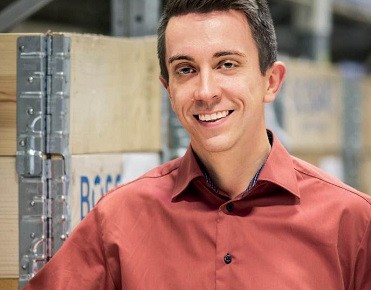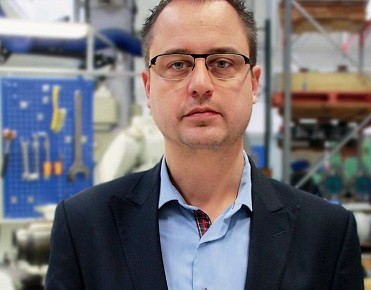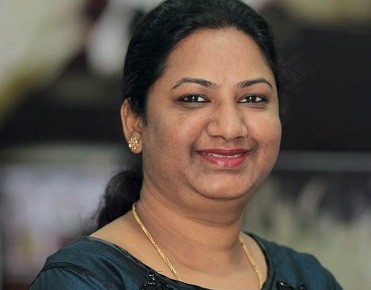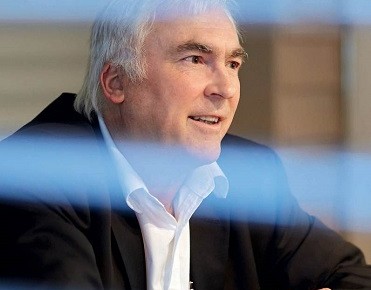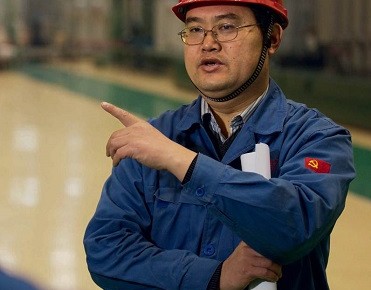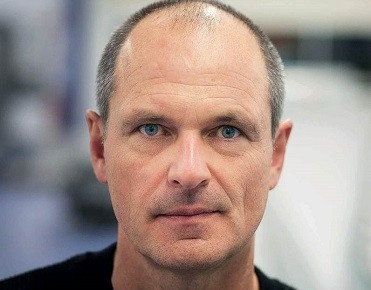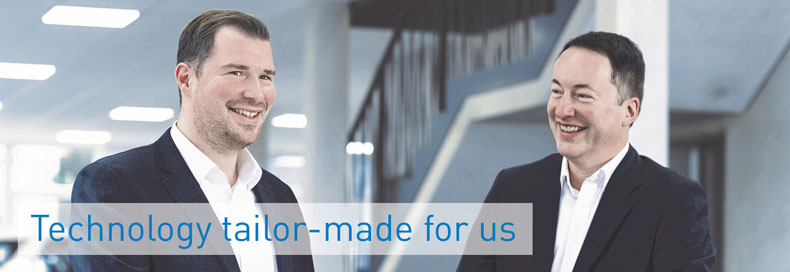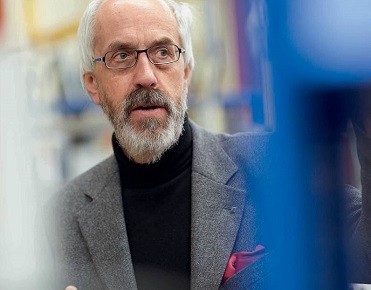Jacob Lund-Hansen
Application Engineer, Bossard Denmark
When it comes to pump production, one of our clients is a world leader. They sell millions of pumps every year. A few years ago there was a problem with a small fraction of these. A portion of oiled screws broke during the installation at the assembly line and I received a phone call.
The client’s engineer in charge complained that screws fractured occasionally in a pump model with a cast-iron housing, which led to shutdowns in the automated assembly and occasionally returns. In the competitive pump market, our client has the reputation of manufacturing high quality and low maintenance pumps, but they are a bit more expensive. So, defects in workmanship are a sensitive subject.
I packed my things to visit our customer’s production site for a first-hand evaluation. For the engineers, it was clear that the screws were the problem. Fortunately, however, Bossard has the test equipment to check breaking torque and other mechanical fastener properties. It turned out that the screws were not the problem. Rather some of the mating threads in the pump-housings were not correct and suitable for a flawless installation of the screw. The reason for this was that the cast- iron pumps were coated for a corrosion-protection with a special paint and that the screw holes were not sealed when the housing was painted. So occasionally, paint got into the nut-threads which has been known to lead to increased friction. When friction between the screw and nut-thread increases, that leads to a twisting of the screw. If the stresses get too high during installation, then the screw can break.
The first thing I did was to propose sealing off the screw holes before coating. However, the engineers dismissed this suggestion as being too expensive with millions of screw holes. In addition, the question was raised why some screws broke while others didn’t. Although the screws were all supposed to be oiled, I learned that the screws were oiled differently because the liquefied oil collected at the bottom of the screw bins. Consequently, the screws in the bottom of the screw-bin were well lubricated with oil while the upper ones weren’t – and those were the ones that broke. This detail provided the key to solving the problem. We needed screws with a uniform, low friction-coefficient.
Bossard had launched its ecosyn®-lubric coating just a year prior. This coating is an anti-friction coating, which lowers the friction during installation, but this coating is baked onto the fasteners and is therefore dry. So, all fasteners in the screw-bin are well lubricated in comparison to a liquefied lubricant.
The client-test with this coating was positive – not one screw fractured. Another decisive factor was that our ecosyn®-lubric coating is extremely durable against wear and tear. The client had previously had negative experiences when testing screws with a dry coating, because coating residues had to be removed from the automatic assembly system up to three times a week, which resulted in production shut-downs. The screws with our ecosyn®-lubric coating, on the other hand, need only one cleaning per week.
Today, Bossard provides the pump manufacturer with 2.5 million screws with ecosyn®-lubric coating. And that might only be the start. The client is said to be so pleased with the results that he wants to use pre-coated ecosyn®-lubric screws in applications at other plants.

